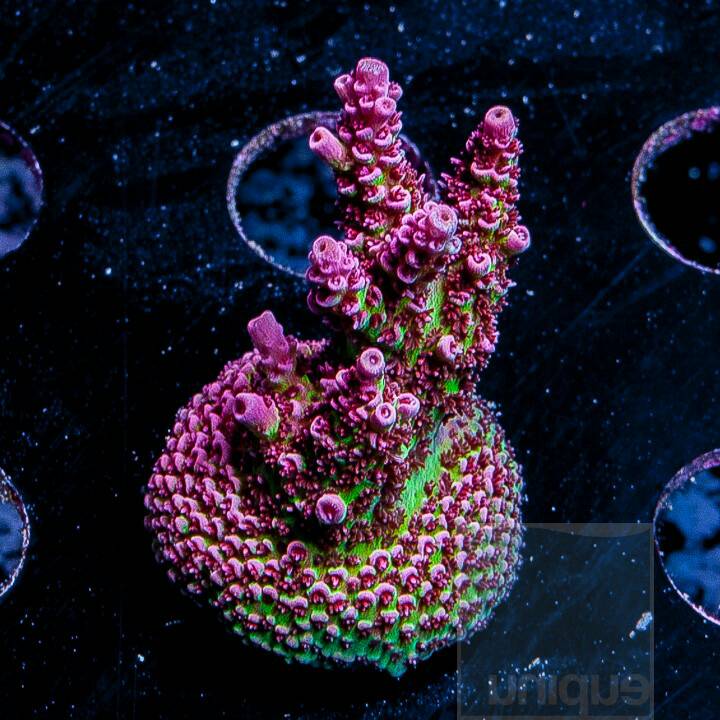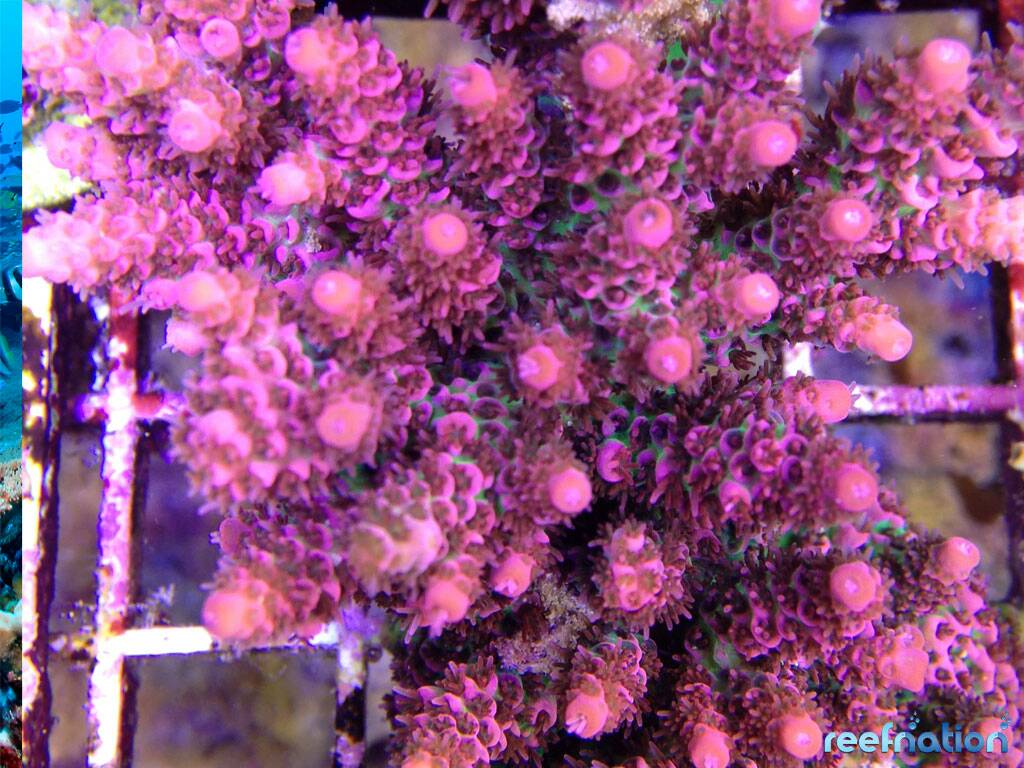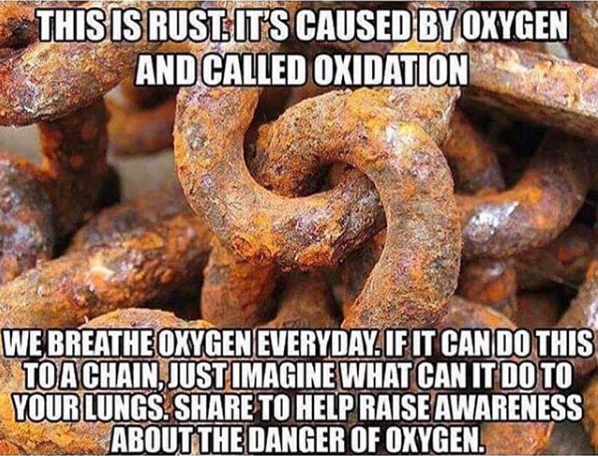Randy Holmes-Farley
Reef Chemist
View Badges
Staff member
Super Moderator
Excellence Award
Expert Contributor
Article Contributor
R2R Research
My Tank Thread
- Joined
- Sep 5, 2014
- Messages
- 67,577
- Reaction score
- 64,033
I don't see why some people have to hassle others for trying and sharing their experiences. T he haters who are constantly hating is adding absolutely nothing to this conversation.
I don't believe I've seen anyone hasseled for posting an experience. We all welcome that as best I can tell.
Some of the criticism is for unjustified claims and "explanations". Those are not experiences, and when the claims or explanations fall short of reality (in anyone's opinion), it can be helpful to have a counterpoint so inexperienced folks do not just accept it as established fact and can see there is an alternative viewpoint.




















